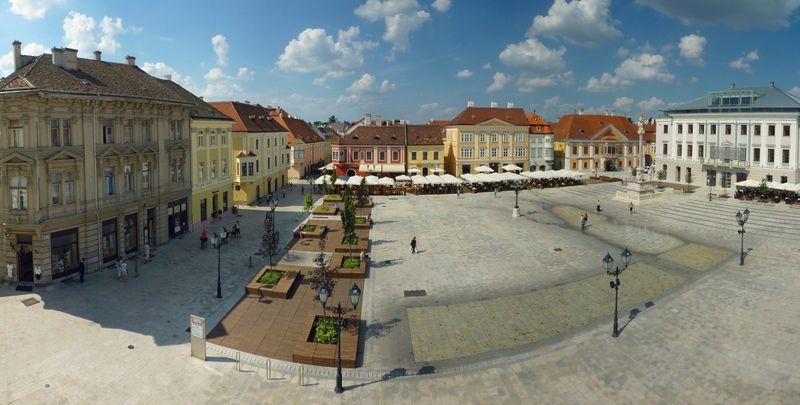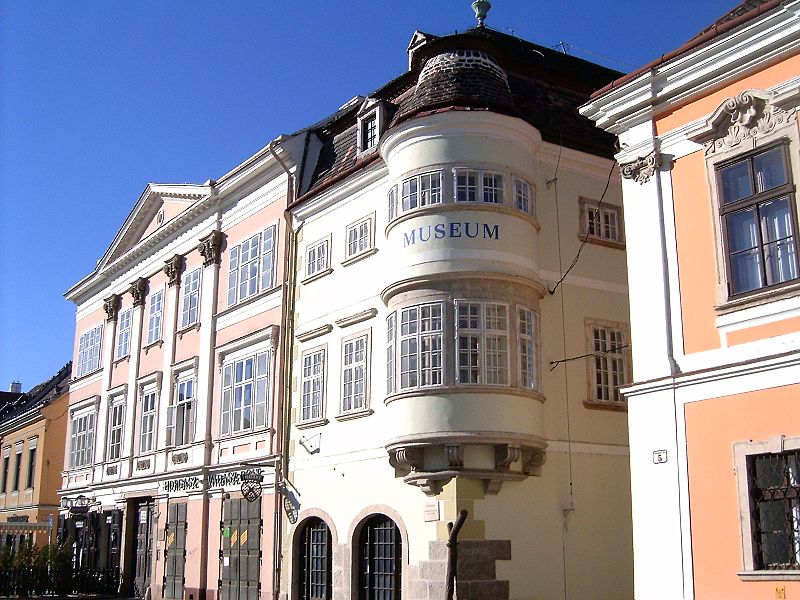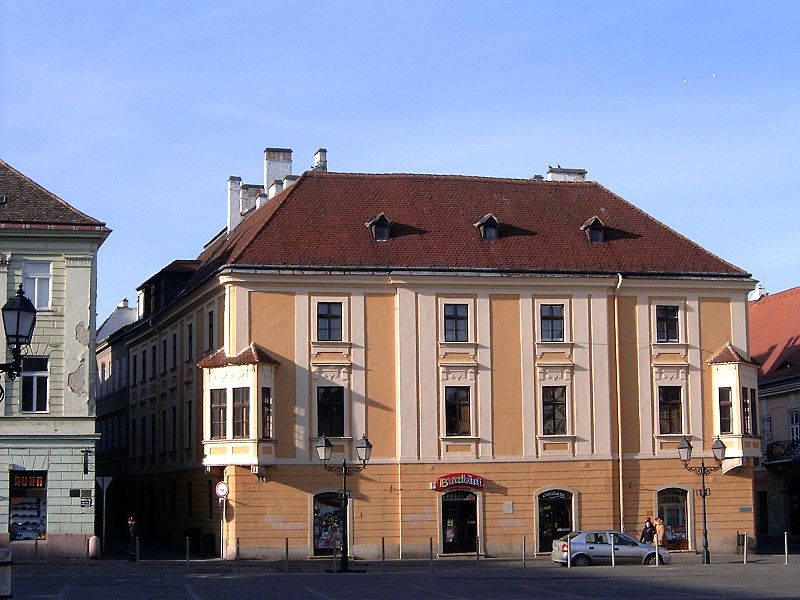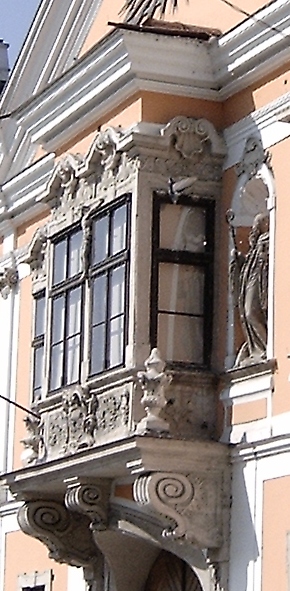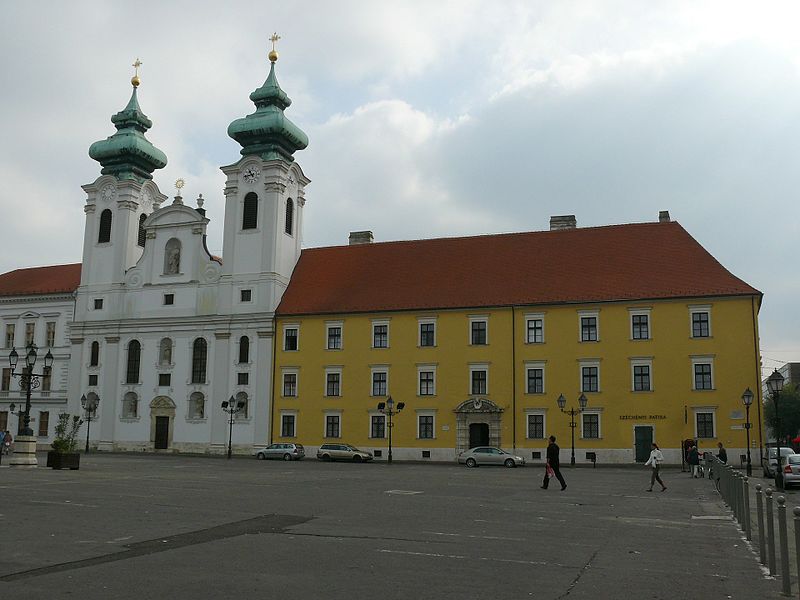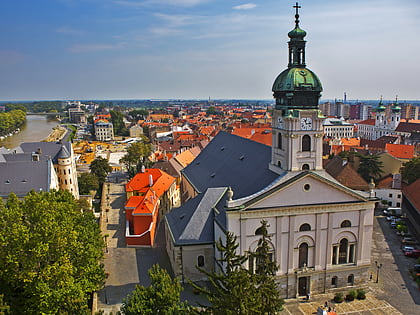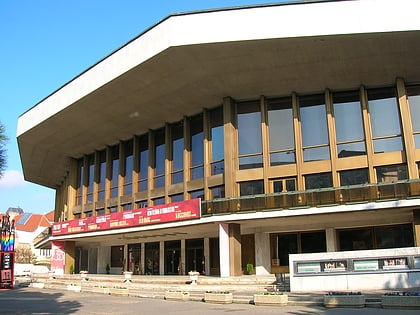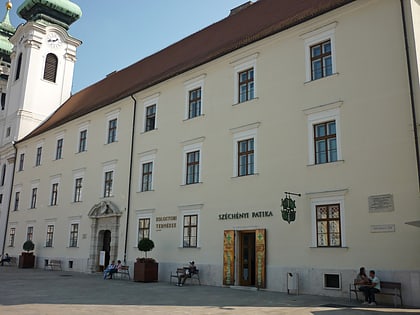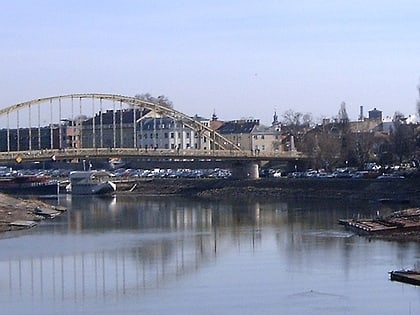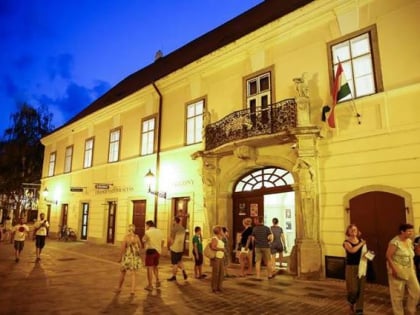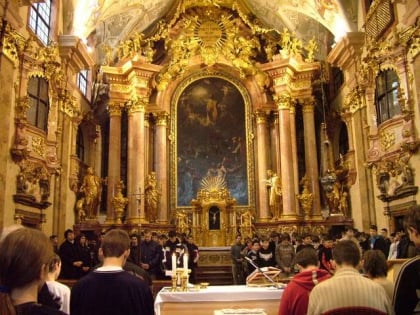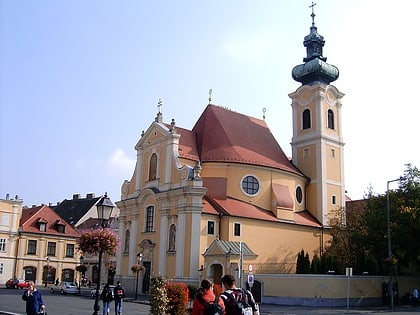Széchenyi tér, Győr
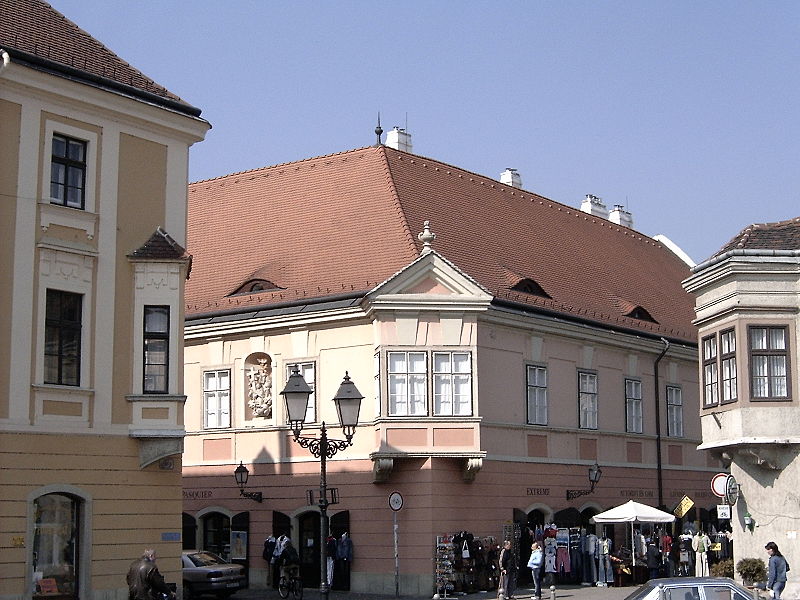
Facts and practical information
Széchenyi Square is the baroque main square of Győr. It is mostly framed by 17th-18th century buildings, especially the Baroque palaces on the northern side and the Benedictine complex on the southern side. For centuries, this square was the centre of public life, and many events are still held here today. In Turkish times, the square was used as an underground prison, and later as a pillory, now the House of the Abbot, where noblemen were executed.
In 1710 the last witch burning in Győr took place here, and in 1714 Julianna Géczy, the "white woman of Lőcsé" was beheaded here. Parking on the square was abolished in 1989. Since then it has been part of the pedestrian zone of Győr's city centre.
Széchenyi tér – popular in the area (distance from the attraction)
Nearby attractions include: Cathedral Basilica of the Assumption of Our Lady, Rába Quelle Open air spa, Győri Nemzeti Színház, Széchenyi Pharmacy Museum.
Frequently Asked Questions (FAQ)
Which popular attractions are close to Széchenyi tér?
How to get to Széchenyi tér by public transport?
Bus
- Teleki László utca, színház • Lines: 11Y, City (4 min walk)
- Dunakapu tér • Lines: 6, City (5 min walk)
Train
- Győr (11 min walk)


